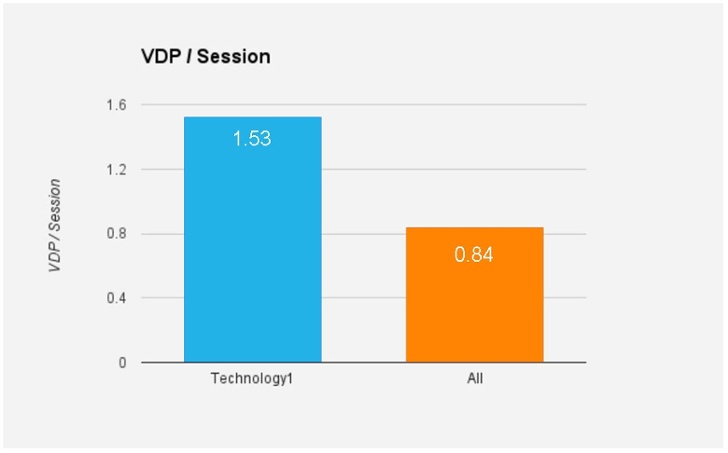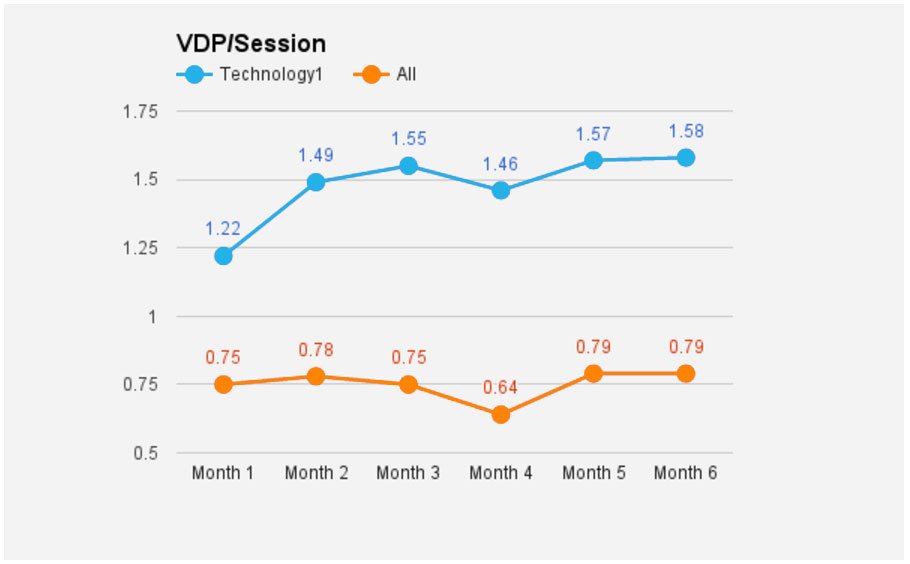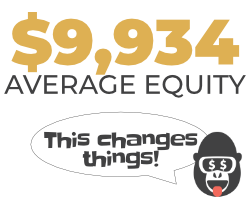Digital marketing in the automotive dealership industry is incredibly competitive. Dealers are constantly vying for the top position in all channels – SEO, SEM, listings, display. If it exists, they want to be at the top. And as a result, we get many requests for benchmarks and whether they are “better than the guy down the street.”
However, putting too much emphasis on external benchmarks may lead you down the wrong path as it focuses purely on how others are doing rather than how well (or poorly) you’re doing.
What dealers should be focusing on are internal benchmarks and comparisons such as how well you are doing compared to yesterday and what you need to do today to improve your results tomorrow.
External Benchmarks Don’t Provide Any Actionable Insight
Forget about digital marketing for a minute and let’s compare benchmarks to something else. Suppose you own an NASCAR team. The lap times at Daytona range from 44.53 to 47.97 seconds, the average lap time is 45.51 and your car’s lap time is 45.30.
I’m not sure about you, but I wouldn’t be happy if my car had a lap time of 45.30. Even though I’m above average, I would want to improve on that. I would want to get my lap time to 45.00, then 44.53, and if possible 44.00. What’s more, it wouldn’t matter if my car was the one bringing up the rear at 48.00 or in the pole position at 44.50, I still want to better my lap time.
As this example illustrates, external benchmarks don’t have any bearing on what you should do next.
This analogy can be applied when comparing results for your digital marketing efforts. Whether it’s Time on VDP, VDPs per Session, Bounce Rate or anything, it’s more important that you keep improving regardless of where you are on any external benchmark.
Internal Benchmarks Provide Much More Insight
Internal benchmarks provide much more value because they are a direct reflection of the actions you have taken. As a result, you can see where your decisions or activities have become better or worse.
Below are a few internal benchmarks that will help with your comparisons.
Benchmark 1: Before vs After
This is typically what people think about when they do internal benchmarking and it works well to measure the difference between a major strategy shift. Given the same time period determine if we are better now than we were before.
Example 1 – VDP / Session – Before vs After
| Months 1-6 | Months 7-12 | % Change |
| 0.84 | 1.12 | 33% |
In Example 1, the benchmark from Months 7-12 was 33% better than from Months 1-6. As a result, we know that the activities we are executing are producing positive results.
Benchmark 2: All vs One
“All vs One” benchmark comparisons are good for determining if a particular tactic is contributing to an increase or decrease in your average. This helps assess if a tactic is helping or hurting your metrics.
To do this, measure the metrics from a particular tactic and compare them to an aggregated benchmark of all tactics. The benchmark in this case is the “All” measurement and the comparison is against the “One” measurement.
Example 2 – VDP / Session – All vs One

In Example 2, the internal average of all sources for VDP / Session is 0.84 and we can see that Technology1’s average is higher than the average for all sources.
What this means is that Technology1 is helping bring up overall metrics and is contributing to the success of that metric and should be viewed positively.
Benchmark 3: Month vs Month
“Month over Month” comparisons provide insights into two things:
- What direction items are trending, and
- If the results are an anomaly
Example 3 – VDP / Session – Month vs Month

In Example 3, we see a general increase in metrics for Months 1-3 and a dip in Month 4 for “Technology1.” However, results recover in Month 5 and Month 6. As a result, Month 4 looks to be an anomaly.
Additionally, when we compare it to the “All” line, we see that both sources dipped in that month. This indicates that the dips were universal and may be caused by an external market factor.
Focus on What’s Important: Continuously Improving
It’s easy to get caught up in external benchmarks. It’s nice to hear that you are doing better than the average or, alternatively, it’s frightening to hear how much further you need to go. But the one thing that both of these scenarios have in common is a shared goal for constant improvement.
So the next time you are given benchmark metrics, take them with a grain of salt and try turning your focus inward.









Current Discussion Topics